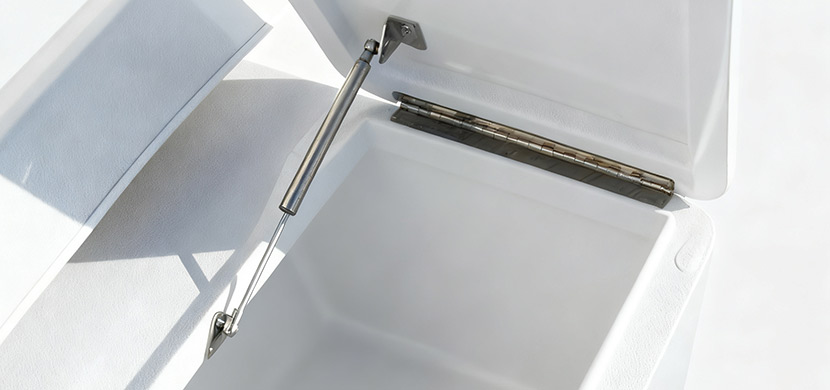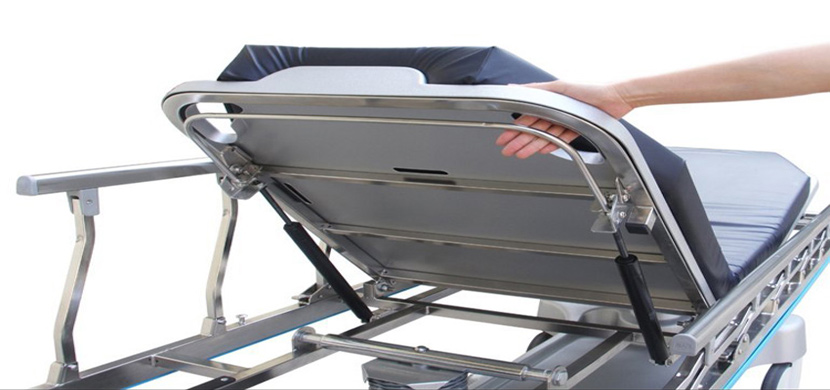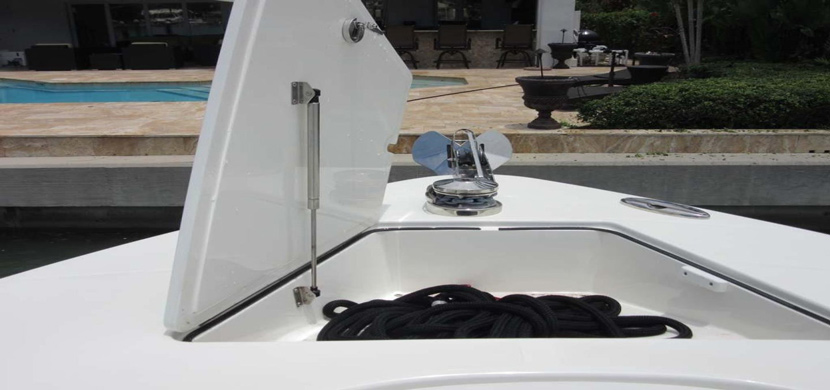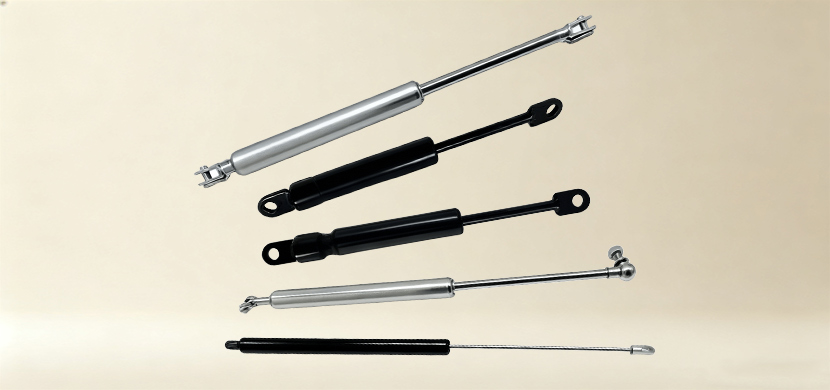Technical Information
Technical Information
Gas springs and gas struts require proper installation and orientation to ensure optimal performance and longevity. The position, damping, and temperature range all affect their operation. This guide provides essential instructions for mounting gas springs and struts correctly.
Gas springs and gas struts require proper installation and orientation to ensure optimal performance and longevity. The position, damping, and temperature range all affect their operation. This guide provides essential instructions for mounting gas springs and struts correctly.
Mounting Orientation & Alternative Solutions
Gas Spring & Gas Strut Mounting Instructions
▪ Standard gas springs contain a small amount of oil to lubricate the piston rod seal and provide end-of-stroke damping.
▪ Mounting rod-up prevents oil from reaching the seal, causing accelerated wear and reduced lifespan.
▪ Recommended: rod down at least 30° off horizontal. If rod-down mounting is not possible, specify an oil or grease chamber.
Why Gas Springs Should Be Used Rod-Down
▪ Keeps piston rod and seal lubricated for optimal sealing and prevents drying out.
▪ Ensures high damping effect at the end of the stroke.
Gas Springs Rod Down
▪ Basic design suggestion: keep mounting angle less than 60° from vertical.
▪ Oil contact improves sealing and damping characteristics.
Alternative Solutions
When rod-up or near-horizontal mounting is necessary:
▪ Use gas springs with an oil chamber or fully damped gas springs.
▪ These maintain performance comparable to standard rod-down springs.
Mounting Orientation & Alternative Solutions
Gas Spring & Gas Strut Mounting Instructions
▪ Standard gas springs contain a small amount of oil to lubricate the piston rod seal and provide end-of-stroke damping.
▪ Mounting rod-up prevents oil from reaching the seal, causing accelerated wear and reduced lifespan.
▪ Recommended: rod down at least 30° off horizontal. If rod-down mounting is not possible, specify an oil or grease chamber.
Why Gas Springs Should Be Used Rod-Down
▪ Keeps piston rod and seal lubricated for optimal sealing and prevents drying out.
▪ Ensures high damping effect at the end of the stroke.
Gas Springs Rod Down
▪ Basic design suggestion: keep mounting angle less than 60° from vertical.
▪ Oil contact improves sealing and damping characteristics.
Alternative Solutions
When rod-up or near-horizontal mounting is necessary:
▪ Use gas springs with an oil chamber or fully damped gas springs.
▪ These maintain performance comparable to standard rod-down springs.
Temperature Effects
How temperature affects gas spring force: the force produced by a gas spring varies linearly for each degree change from ambient.
Gas Spring & Strut Operating Temperature Range: The following chart gives the operating and survival temperature ranges for gas springs manufactured with standard, low temperature and high temperature seals.
| Type Gas Spring | Operating Temp. Range | Survival Temp. Range |
|---|---|---|
| Standard and Stainless Steel | (-25°C to +70°C) | (-35°C to +70°C) |
| Low Temp. | (-40°C to +95°C) | (-50°C to +95°C) |
| High Temp. | (-5°C to +175°C) | (-15°C to +175°C) |
Temperature Effects
How temperature affects gas spring force: the force produced by a gas spring varies linearly for each degree change from ambient.
Gas Spring & Strut Operating Temperature Range: The following chart gives the operating and survival temperature ranges for gas springs manufactured with standard, low temperature and high temperature seals.
| Type Gas Spring | Operating Temp. Range | Survival Temp. Range |
|---|---|---|
| Standard and Stainless Steel | (-25°C to +70°C) | (-35°C to +70°C) |
| Low Temp. | (-40°C to +95°C) | (-50°C to +95°C) |
| High Temp. | (-5°C to +175°C) | (-15°C to +175°C) |





